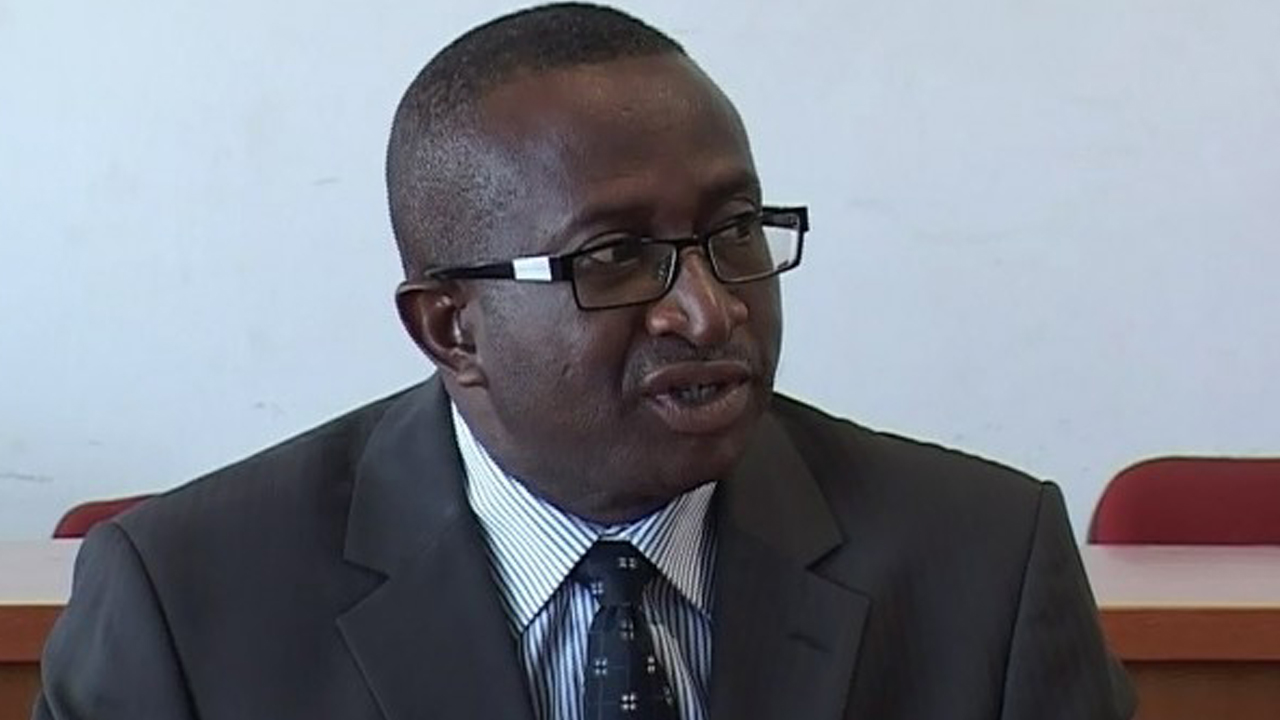Samuel Atiku is the Technical Coordinator, International Budget Partnership and Author, Contours of Budget credibility in Nigeria. In this interview, he explains why the country’s fiscal document suffered from low credibility for many years.
Let’s begin with context. Your new paper on budget credibility has just been published and you presented it to senior officials at the Ministry of Finance, the Debt Management Office, and the Budget Office of the Federation. What problem were you trying to put on the table in that room?
We wanted to move the conversation from excuses to evidence. For years the federal budget has suffered from low credibility: revenue comes in below target and actual spending falls short of the promises in the Appropriation Act.
People often point to oil volatility and stop there. Our paper looks at 2009 to 2016 and shows that while oil matters, a big share of the credibility gap is explained by other things we control, especially on the capital side of the budget.
We laid out the numbers and the mechanics so decision makers could see where planning breaks down and where execution leaks, not in headlines but line by line across revenue heads and spending categories. That was the point of presenting to Finance, DMO, and the Budget Office together: credibility is a whole-of-system issue.
Define budget credibility the way you did in the presentation. What does it mean in practice and how did you measure it in the study?
Budget credibility is simply the degree to which approved budgets are actually implemented. In practice we track the variance between approved and actual figures for both revenue and expenditure.
We disaggregate by economic classification and by sectors and ministries to see where variance is systematic. Then we ask whether variance is driven by unrealistic planning, by weak in-year cash management and procurement, or by shocks.
We used official data from the Budget Office on approved estimates and outturns, and cross-checked with other sources where possible. The idea is not to chase zero variance in a dynamic economy but to reduce avoidable variance and make the remaining variance transparent and explainable.
Your headline finding is that capital spending is where credibility breaks most often. What exactly did you see in the data and how did you explain it to the officials in the room?
In every year we studied, most of the underspending sat on the capital side. That does not mean every MDA underspends.
Some consistently overspend capital, including parts of the Presidency and Sports, but the aggregate story is clear: large economic-sector ministries tied to infrastructure see repeated shortfalls in capital execution compared to what was appropriated.
We discussed three drivers. First is over-promising at formulation, where capital envelopes are not grounded in realistic cash-flow projections and procurement calendars. Second is in-year cash rationing that privileges personnel and overheads, leaving capital to compete for scraps late in the year.
Third is weak project preparation: designs, land, and procurement readiness lag behind the appropriation, so even when cash is available, time is lost. None of those drivers are solved by oil prices alone.
If the capital side is the pain point, what did you ask the Ministry of Finance and the Budget Office to change before the next budget cycle?
Start by aligning promises to probable cash. That means building capital envelopes off conservative revenue scenarios and publishing them.
Then publish a transparent capital release calendar and stick to it as far as possible, front-loading releases for truly shovel-ready projects. Require MDAs to meet minimum project-readiness conditions before appropriation so that design and procurement do not begin after the budget is signed.
Finally, report capital execution monthly on a public portal at contract level so slippage is visible and correctable during the year, not after.
You also point to revenue planning errors beyond oil. What did you find in the non-oil heads and what does that imply for credibility?
A recurring issue is the line called “independent revenue,” the remittances expected from agencies after they cover their operating costs.
Treasury has repeatedly overestimated this head. In some years expectations rose sharply on the back of reforms like the Treasury Single Account, but actuals did not catch up.
When those optimistic projections are baked into the budget, the shortfall cascades through the year as cash rationing, and capital loses.
The fix is to build independent revenue projections from agency-level evidence, to publish the methodology, and to enforce remittance rules with consequences for non-compliance. It is better to plan with conservative numbers you can beat than to spend the year explaining why targets were never realistic.
Many people will ask whether supplementary budgets and virements are part of the credibility problem or part of the solution. How do you see them?
Used sparingly and transparently, they are tools to preserve credibility when facts change. They become a problem when they substitute for honest planning.
The rule of thumb we suggested is simple: if you need to vire or seek a supplementary, publish the rationale with the effect on sector allocations and on capital execution, and keep a ledger of how many such changes occurred in the year.
When the public can see the life story of the budget as it evolves, trust improves even if variance remains.
You met with the DMO as well. How does debt management fit into a credibility agenda that seems focused on revenue and releases?
Credibility dies when debt service crowds out execution. DMO is central because cash management, borrowing plans, and capital releases must talk to each other.
If the borrowing program is tied to a published pipeline of prepared projects, you lower the risk that borrowed funds sit idle or end up patching recurrent gaps.
We argued for a public debt register that links each new borrowing to named projects and milestones, and for regular reporting on debt service versus plan. That is how you make debt a credibility instrument instead of a credibility risk.
What did you recommend on the mechanics of in-year cash and procurement, since that is where capital often stalls?
Publish a quarterly cash plan and hold MDAs to procurement timelines agreed before appropriation. Use cash gates that prioritize projects with readiness and high social returns, not just political visibility.
Move payments to e-channels and publish commitment registers so arrears do not build in the dark. And keep a live list of stalled projects with reasons and remedies. Credibility improves when the bottlenecks are visible and assigned.
How should citizens and parliament judge whether credibility is improving without having to wait for the year-end report?
Three simple checks. First, look for timely audited accounts and quarterly performance reports that reconcile plans to outturns.
Second, look for a published schedule of capital releases and contract-level updates showing work done, not just cash sent.
Third, look for revenue dashboards that show how oil, taxes, customs, and independent revenue are tracking against plan. If those three things are public and on time, credibility is probably improving; if they are absent, explanations do not count.
What did you bring to this work, and why keep doing it?
I wrote the paper with strong support from my team and my co-author. My role was to frame the right questions, reconcile messy administrative data into something auditable, and translate findings into concrete actions Finance, the Budget Office, and DMO can take together.
I keep doing it because budget credibility is not abstract. When approved figures don’t match outturns, classrooms wait for teachers, clinics delay immunisation rounds, malnutrition programmes miss targets, and roads remain on paper while transport costs rise. In health, credibility shows up as stock-outs and deferred primary care; in education, as arrears and stalled school rehabilitation; in infrastructure, as unfinished corridors that keep prices high and markets thin. Low credibility also erodes macro trust.
The other day I spoke with a group of investors in Washington, D.C., who were assessing Nigerian sovereign debt. Their first lens was not rhetoric but execution: Are revenue assumptions realistic? Are capital releases predictable? Is debt service crowding out investment? Credibility shapes how they price risk, how long they are willing to stay, and whether they come in at all.
My motivation is simple: if we can narrow the gap between promise and performance—by setting conservative revenue baselines, publishing release calendars, enforcing project readiness, and reporting contract-level progress—service delivery improves and investor confidence follows. When teachers are paid on time, vaccine deliveries arrive when planned, malnutrition funds reach frontline programmes, and roads move from line item to pavement, you can feel credibility working in people’s lives and in the yield curve. That is why I keep at it.






